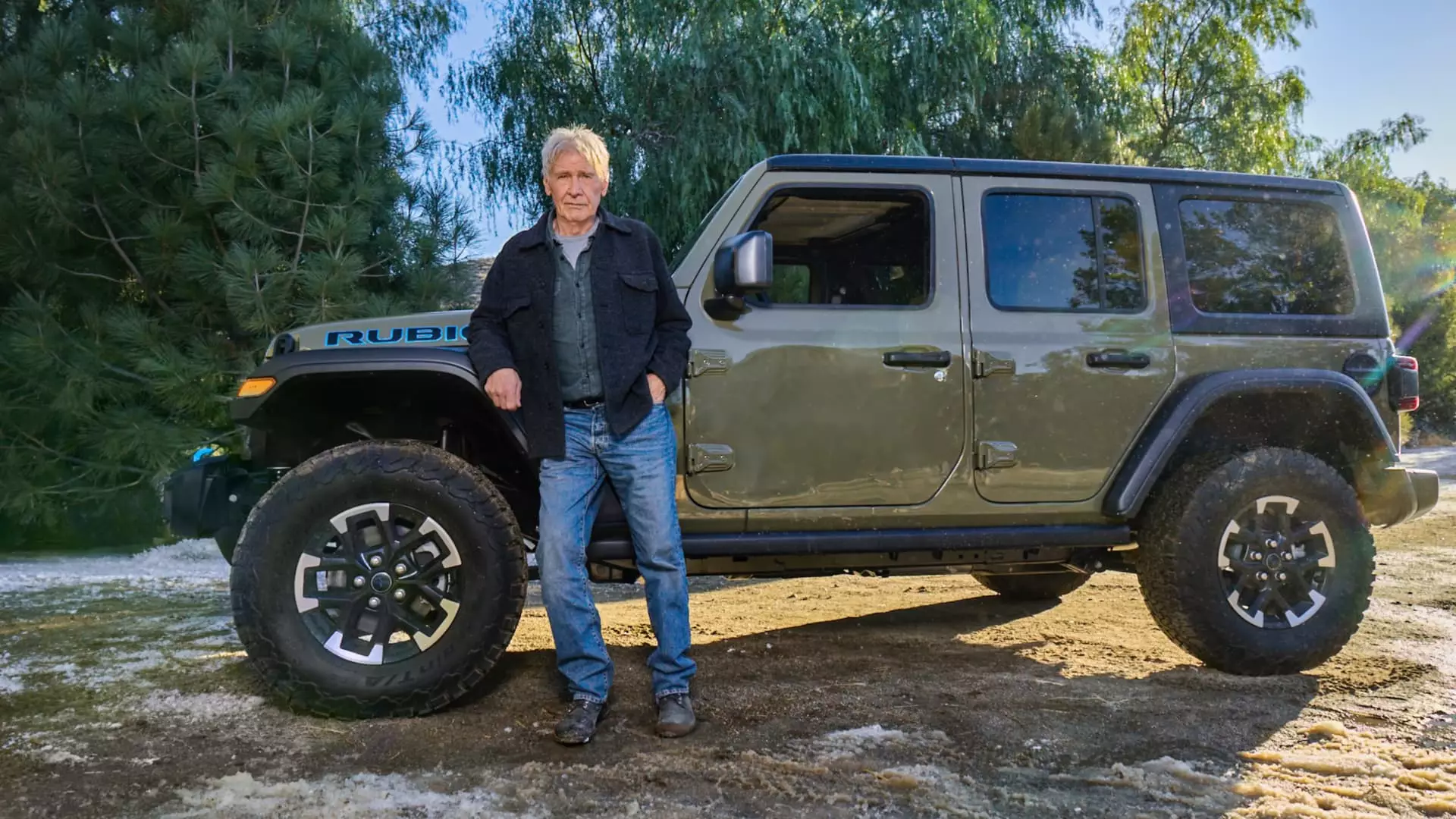In a landscape marked by significant shifts and challenges, Stellantis, the automotive giant formed from the merger of Fiat Chrysler and PSA Group, has made headlines with its recent decision to run a commercial during Super Bowl 59. In a year when many automakers chose to cut costs and withdraw from advertising in this high-stakes environment, Stellantis stood out, signaling a bold recommitment to its U.S. business. The decision followed a critical juncture for the company, highlighted by the unexpected departure of CEO Carlos Tavares and ongoing industry upheaval.
Stellantis Chief Marketing Officer Olivier Francois revealed that this push to advertise stemmed directly from Chairman John Elkann’s desire to reinvigorate the company’s image and narrative within the U.S. market. “I want something,” Elkann reportedly told Francois, underscoring a need to assert Stellantis’s commitment to American consumers. This imperative illustrates a significant strategic pivot in an industry characterized by intense competition and evolving consumer expectations.
Stellantis’s advertising history is rich with emotionally resonant storytelling, effectively using cultural icons and relatable narratives to connect with viewers. The legacy began a decade ago, with a Super Bowl ad featuring rapper Eminem, which brilliantly linked the company’s resurgence to the gritty resilience of Detroit. Since then, the automaker has maintained a distinct advertising philosophy that veers away from conventional car sales pitches. Instead, Francois has infused campaigns with vigor and messages that transcend simple commercialism by tapping into broader themes such as identity, heritage, and unity.
This year, Stellantis’s commercials reflected that same intention, but with a fresh twist. The Jeep ad starring Harrison Ford encapsulated a message of personal freedom and self-discovery, cleverly disguised as a car commercial. As Ford narrates his own philosophy on life and happiness, the ad reinforces a deeper connection between the Jeep brand and the values of its audience—emphasizing that one’s happiness is rooted not just in material possessions, but in the experiences they create and the journeys they embark on.
In crafting the advertising strategy for this year, Francois drew inspiration from the late Sergio Marchionne, a former Fiat Chrysler CEO known for his daring approach to business and marketing. Marchionne championed audacity and creativity, a sentiment echoed in Francois’s concept for the Super Bowl ads. When Francois suggested that this year’s campaign should capture Marchionne’s spirit, he aimed to channel a sense of urgency and ambition that resonates with today’s market dynamics.
The decision to create ads in-house rather than relying solely on agencies is indicative of a more personal and responsive marketing strategy. This hands-on approach allowed Francois to imbue the adverts with Lingering qualities reflective of expertise, narrative crafting, and brand authenticity. The final ad featuring Ford represents a poignant moment where the personal values of a beloved actor merge with the aspirations of the Jeep brand, creating a magnetic pull for viewers.
The automotive sector’s current hurdles are compounded by the transition to electric vehicles (EVs). Many car manufacturers have taken to promoting EVs extensively, but Stellantis’s approach diverges from this trend, opting instead for a balanced advertisement strategy that showcased both traditional internal combustion engine vehicles and innovative hybrid models. Francois emphasized that, unlike rivals who were overwhelming consumers with electric promises that did not always meet market readiness, Stellantis would engage differently to avoid the “headless chickens” syndrome seen elsewhere in the industry.
By combining traditional vehicles and cutting-edge hybrids in its Super Bowl ads, Stellantis cleverly positions itself as not solely an EV company, but as a versatile manufacturer adapting to consumer needs. This balanced portrayal helps to mitigate the anxiety often associated with rapid technological shifts, allowing existing customers to feel included in the narrative while also inviting new ones to explore the diverse offerings.
Stellantis’s participation in Super Bowl 59 amid an overall trend of withdrawal speaks volumes about its ambition and resolve to reclaim its place in the fierce American automotive market. By marrying innovative marketing strategies with deep-rooted storytelling, the automaker not only reasserts its commitment to U.S. consumers but also rediscovers its narrative prowess. As they move forward, embracing the delicate balance between traditional vehicles and EVs, Stellantis has laid the groundwork for a reinvigorated future, grounded in both heritage and the exploration of new horizons. This year’s Super Bowl ads symbolize a defiant stand, casting Stellantis as not just a contender but a formidable force in the evolving automotive landscape.


Leave a Reply